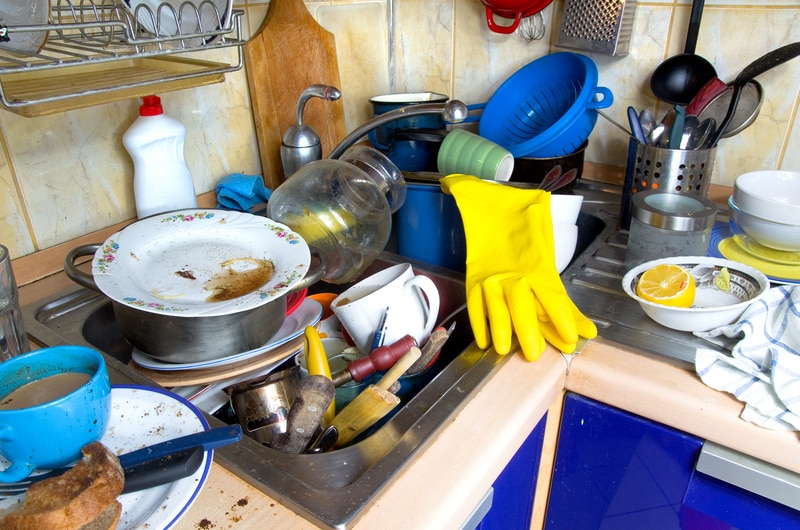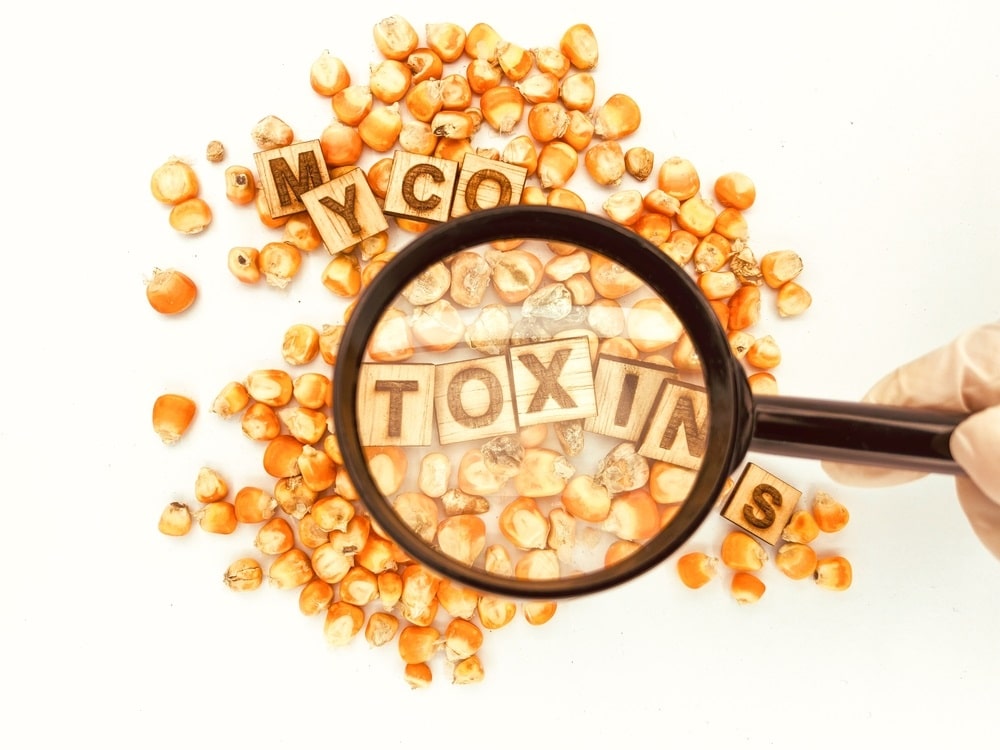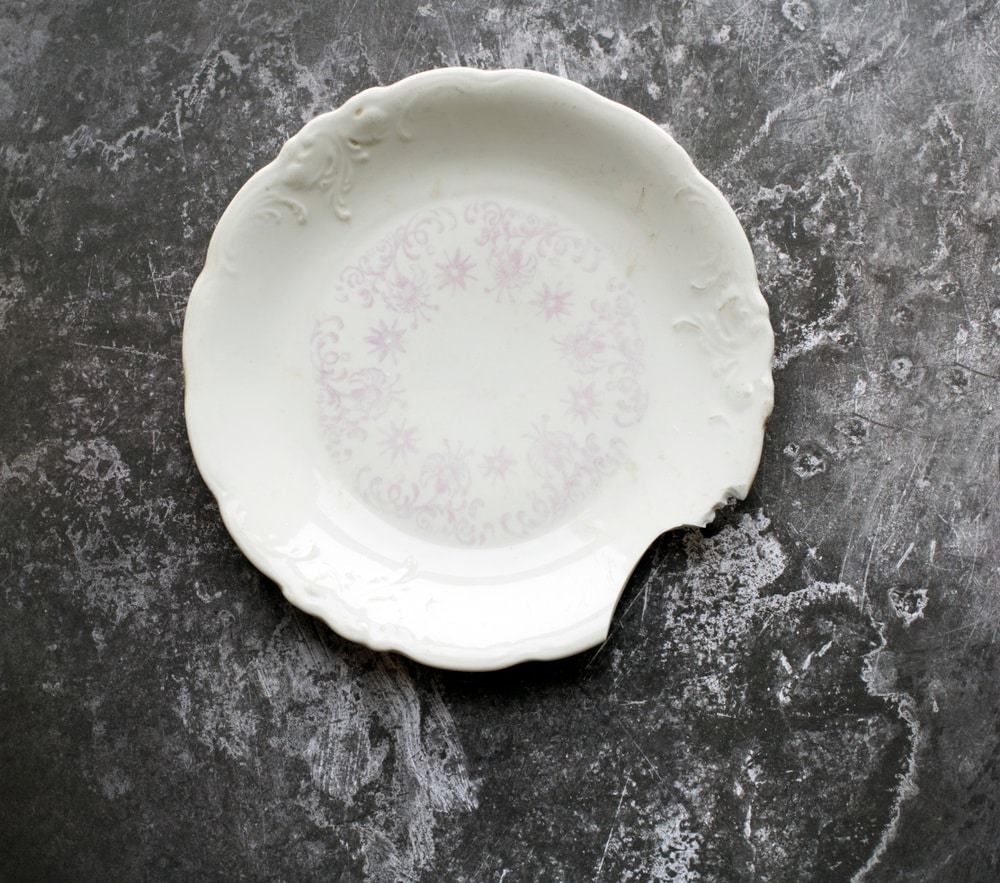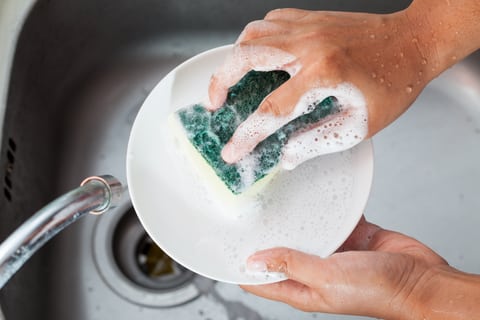
A kitchen is one of the most important parts of every home, and it is a place that’s used every day for food and beverage preparation. It is vital that it is kept in a clean, hygienic state to prevent foodborne diseases.
However, life gets busy and sometimes we end up with piles of dirty dishes and no time or energy to wash them.
Perhaps you’re cleaning up an elderly person’s home and have discovered some moldy dishes in their sink or fridge. Or perhaps your two-year-old stashed their unwanted dish of vegetables behind the cupboard!
You are now in a dilemma of what to do. Is it safe to clean the dishes and reuse them or would it be best to throw them away? We are here to answer this important hygiene question for you.
Why is mold bad?
First, let’s look at why we are concerned about mold in the first place. Well, mold isn’t always the bad guy in food, in fact, some safe molds are deliberately added to foods.
For example, Penicillium mold is used in cheese making and results in delicious blue cheese and brie. This strain is not harmful when consumed because it does not release mycotoxins.
Koji molds are also safe and these are used to produce some Asian foods such as soy sauce and sake.
However, many other types of mold produce toxins called mycotoxins. These can cause sickness or even death. The seriousness of the condition depends on the person’s state of health, age, and the amount of toxin consumed.
How will I know if I’ve consumed mycotoxins?
Symptoms will include stomach problems such as runny stomach or vomiting. Acute liver disease can even occur.
If mycotoxins are consumed at a low level for a long period, they may lead to cancer or immune system problems.
Besides the acute and chronic poisoning that can occur from mold ingestion, some people have respiratory allergies to mold and they may have an allergic reaction if they consume or inhale them.
Should I Throw Away Moldy Dishes?
Now that you know that mold is dangerous to health, let’s get back to the question of moldy dishes.
- Firstly, whether you throw the dishes away or not depends on the condition of the dishes themselves.
If they have chips or cracks into which the mold can seep, it is best to throw them out.
It will be almost impossible to remove every trace of mold from such dishes. However, if you have glass or porcelain dishes with mold on, it will be safe to thoroughly clean them and reuse them, provided they are not cracked.
- Secondly, throwing them away or not also depends on the type of material the dishes are made of.
If they are made of porous material like clay, wood, Styrofoam, or plastic, they will be extremely difficult to clean and should rather be thrown away.
The best type of moldy dishes to clean and reuse are glass, porcelain, stainless steel, aluminum, and other non-porous materials.
How to clean moldy dishes
- First, protect yourself. Wear a mask, waterproof gloves, and an apron.
- Gather your supplies. You will need lots of clean, running water, preferably both hot and cold. You will also need paper towels and rubbish bags. Cleaning solutions such as dishwashing soap, vinegar, baking soda and bleach are helpful. If you have a dishwasher, this will also be useful in your clean-up operation. Scouring sponges and dishcloths will be needed too.
- Start by removing as much mold and dirt as possible by wiping the dishes with paper towels. Discard these into the rubbish bags. Also, throw away any porous dishes that you will not be cleaning.
- Next, half fill the sink with very hot water and add dish soap. Put the moldy dishes in to soak for half an hour or so to loosen the mold and dirt. Once the water is cool enough to put your hand in it, wash the dishes thoroughly, using a sponge or cloth to help you.
- Rinse the dishes in clean water to get rid of any soap and debris.
- Now, to kill any mold spores and disinfect the dishes, fill the sink again with water, adding 1 cup of bleach to every gallon of water. Put the dishes in there and soak them for at least 15 minutes. Rinse again in clean water. You should be left with sparkling clean, safe dishes.
- If you prefer not to use bleach, you can use white vinegar in the water. Vinegar is non-toxic but an effective cleaner. Simply add a cupful of vinegar to the water in the sink and soak the dishes for half an hour or so. Rinse and dry.
- Baking soda is another option if you don’t have any bleach or vinegar. Add a cupful to the water and proceed as before.
- Alternatively, after the first wash with soapy water, rinse well then put the dishes into the dishwasher and run it through a hot cycle with your usual dishwashing chemical.
The Bottom Line
The bottom line is that you can clean the moldy dishes with dishwashing soap, white vinegar, bleach, or baking soda and plenty of hot water if the mold isn’t impregnated in the cracks and grooves of the dishes.
Please note that you must never put moldy dishes directly into the dishwasher because they can contaminate your entire dishwasher.
Rather, clean off as much of the mold as you can first and then put it in the dishwasher as a final step. Good luck with your cleaning-up operations!


